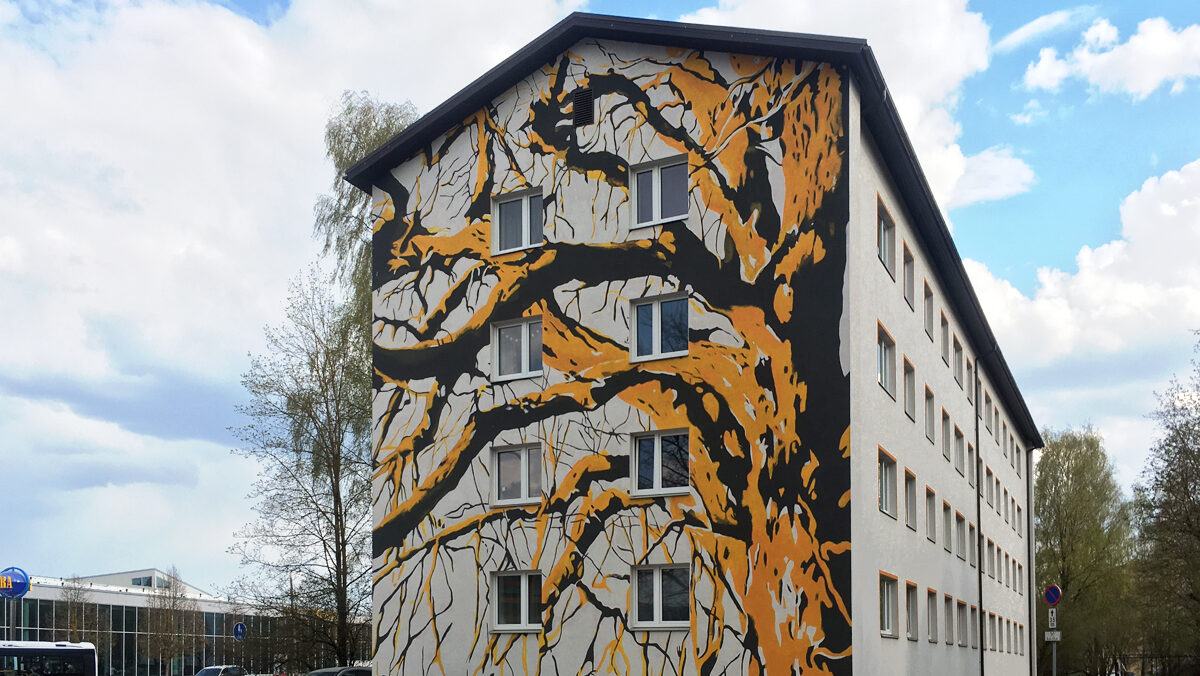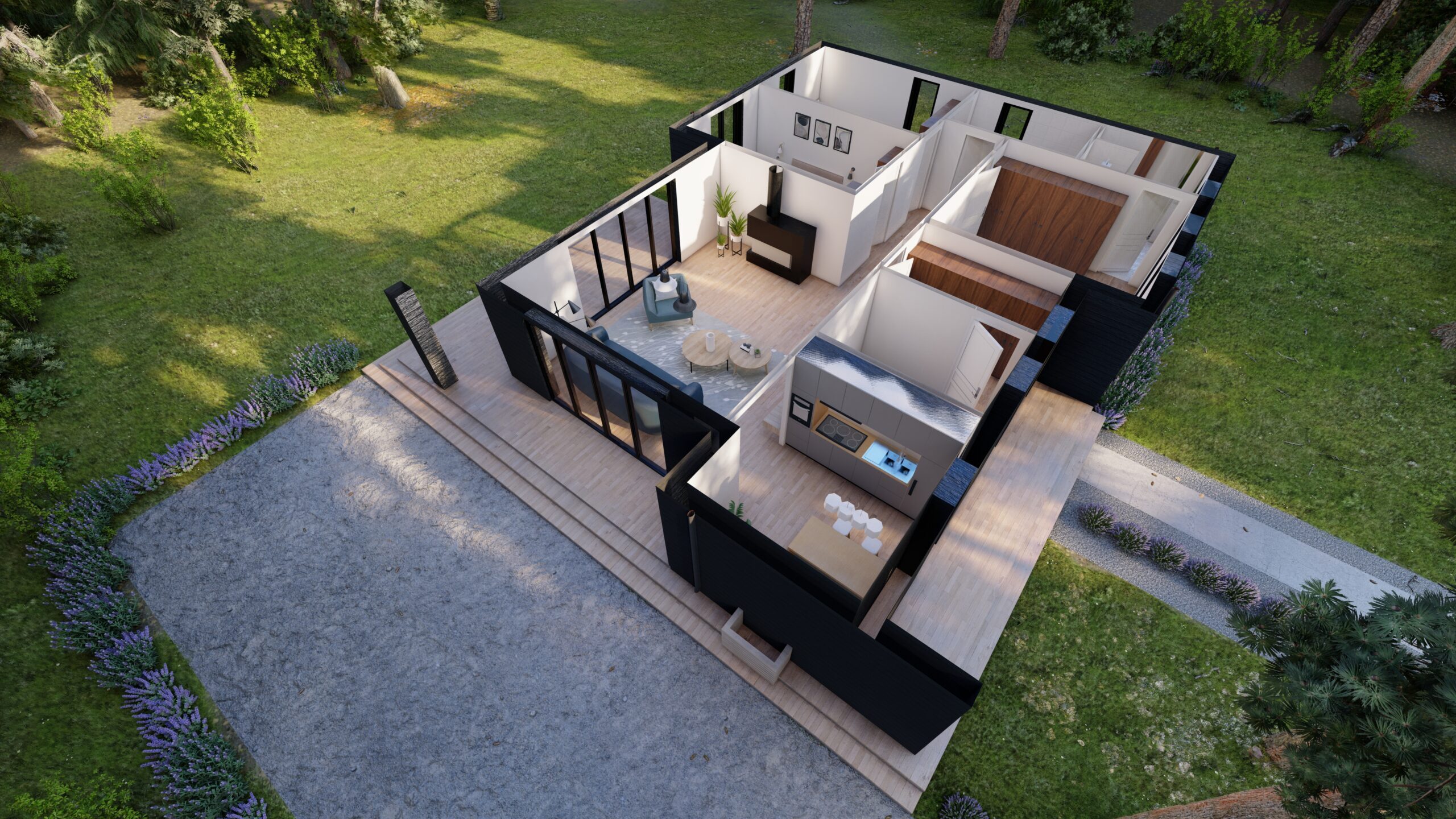Still, it seems that many post-war buildings were constructed with speed and low cost being the primary goals. Take, for example, the Soviet-era apartment blocks known as khrushchyovkas.
Constructed in the 1950s and 60s during Nikita Khrushchev's rule, khrushchyovkas are panel buildings designed to be rapidly built and cost-effective. Originally intended to last just 25 years, many have now exceeded their life expectancy, revealing significant deficiencies in quality and energy efficiency. These buildings, once thought of as pragmatic, now face problems of poor insulation, outdated systems, and escalating maintenance costs.
Yet, in the city of Tartu, these buildings’ central locations and connection to the past have influenced the decision to not demolish them, instead renovating and turning them into cutting-edge, more sustainable buildings called smartovkas. This ambitious undertaking not only breathes new life into these declining structures but also sets a benchmark for urban sustainability worldwide.
ERR reports that energy consumption in the renovated buildings has dropped by an average of 43%. Specifically, electricity use has decreased by 27%, natural gas by 58%, and district heating by 43%.
Become a subscriber to continue reading!
Every week we bring you news from the community and exclusive columns. We're relying on your support to keep going and invite you to subscribe.
Starting from $2.30 per week.




